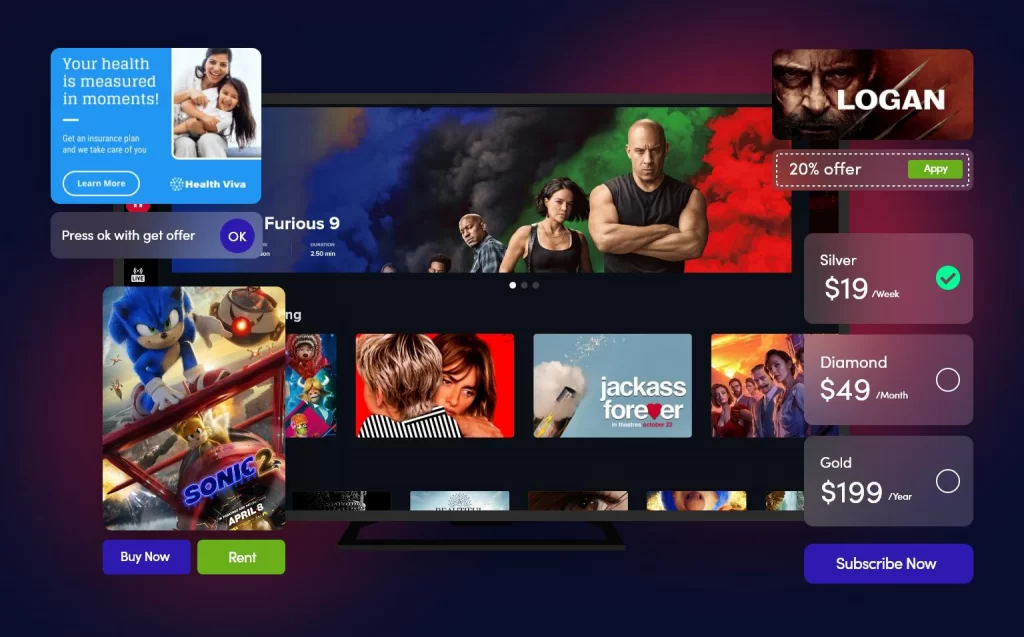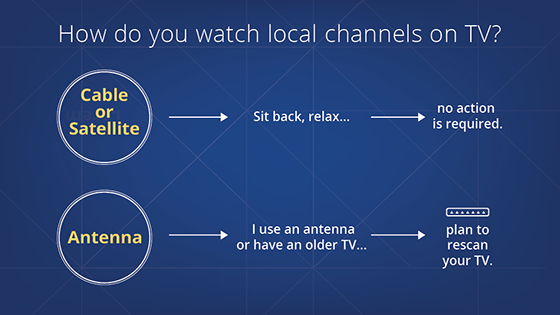What Does Apollo Group Tv Do?
What Does Apollo Group Tv Do?
Blog Article
Apollo Group Tv Can Be Fun For Everyone
Table of ContentsApollo Group Tv Can Be Fun For EveryoneThe Basic Principles Of Apollo Group Tv The Single Strategy To Use For Apollo Group TvThe Facts About Apollo Group Tv Revealed
In this scenario, as opposed to having three-minute industrial places throughout a 30-minute television program, TV programs might alter to one where a customer will be needed to have a monthly registration, to make sure that they cen view targeted banner ads. This kind of advertising already happens on the net, and the amount of data television business gather permits them to do a lot the same.Describe the impact of enrollers on program material. Explain the significant patterns among the broadcasting and cord networks. When tv remained in its early stage, producers designed the brand-new tool on radio. Popular radio reveals such as cops dramatization Dragnet and western cowboy collection Gunsmoke were adjusted for tv, and brand-new television programs were funded by single marketers, just as radio programs had been.
Today, the television sector is much a lot more complicated. Programs are sponsored by multiple advertisers; shows is managed by major media corporations; and the 3 significant networks no longer dominate the airwaves yet instead share their viewers with countless cord channels. Numerous aspects represent these trends within the sector, including technological growths, government policies, and the production of new networks.

Examine This Report on Apollo Group Tv
Established in 1969, (PBS) created out of a report by the Carnegie Compensation on Educational Tv, which took a look at the duty of academic, noncommercial tv on society. Public tv was additionally intended to supply global access to television for visitors in rural areas or customers that could not pay for to pay for exclusive television services.
The duration between 1950 and 1970 is historically identified as the. Aside from a little portion of airtime regulated by public television, the three major networks (referred to as the Big Three) controlled the tv industry, collectively making up more than 95 percent of prime-time viewing. In 1986, Rupert Murdoch, the head of multinational business Information Corp, introduced the Fox network, testing the prominence of the Big Three.
Targeting young and minority audiences with programs such as Buffy the Vampire Killer, Moesha, Dawson's Creek, and The Wayans Bros., the brand-new networks intended to draw stations away from their old network affiliations. Instead than duplicating the success of Fox, UPN and WB battled to make an effect. Incapable to bring in several affiliate terminals, both fledgling networks got to less homes than their larger rivals since they were inaccessible in some smaller sized cities.
This choice led the way for the development of cable television film channels, adding to the rapid growth of cable television in the 1980s and 1990s. apollo tv group. More deregulation of cable television in the 1984 Cord Communications Policy Act removed restrictions on cord prices, making it possible for drivers to charge what they wanted for cable television services as long as there was effective competition to the service (a standard that over 90 percent of all cable markets can fulfill)
Apollo Group Tv Fundamentals Explained

Having produced the initial "superstation," Turner expanded his world by founding 24-hour information network CNN in 1980. At the end of the year, 28 nationwide programming services were readily available, and the cable transformation had actually begun. Over the following years, the sector underwent a period of fast development and appeal, and by 1994 viewers could pick from 94 standard and 20 costs wire solutions.
Number 9 - https://apollogrouptv9.godaddysites.com/f/apollo-group-tv-revolutionizing-your-streaming-experience.16 Raised competitors from cord channels has created a stable decrease in the networks' target market ratings. During the 1950s, the price of creating a solitary tv show boosted as programs became longer and manufacturing prices soared. Sponsorship on network television changed from solitary sponsorship, in which a program was entirely supported and generated by one advertiser, to several sponsorship, in which advertisers got 1- or 2-minute places on the show
Choose one of the Big Four networks and print out its regular programs routine. See the network's prime-time programs over the course of a week, noting the target demographic for each show.
How Apollo Group Tv can Save You Time, Stress, and Money.

Linear TV, usually referred to as standard program TV, includes wire and satellite television. It's called "direct" due to the fact that content adheres to a predetermined programs timetable, unlike on-demand content which the private viewer makes a decision to see based on their very own choices and schedule. So, when you ask, "What is straight TV?", consider it as the classic method of enjoying television that has been around for decades.
Report this page